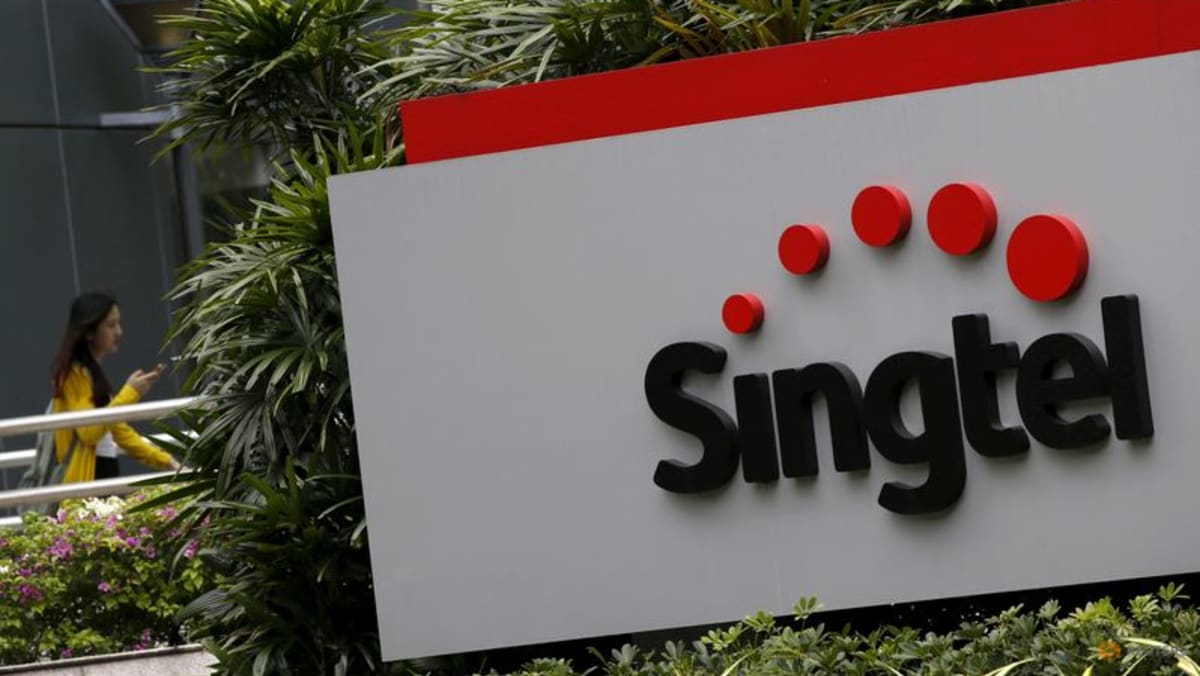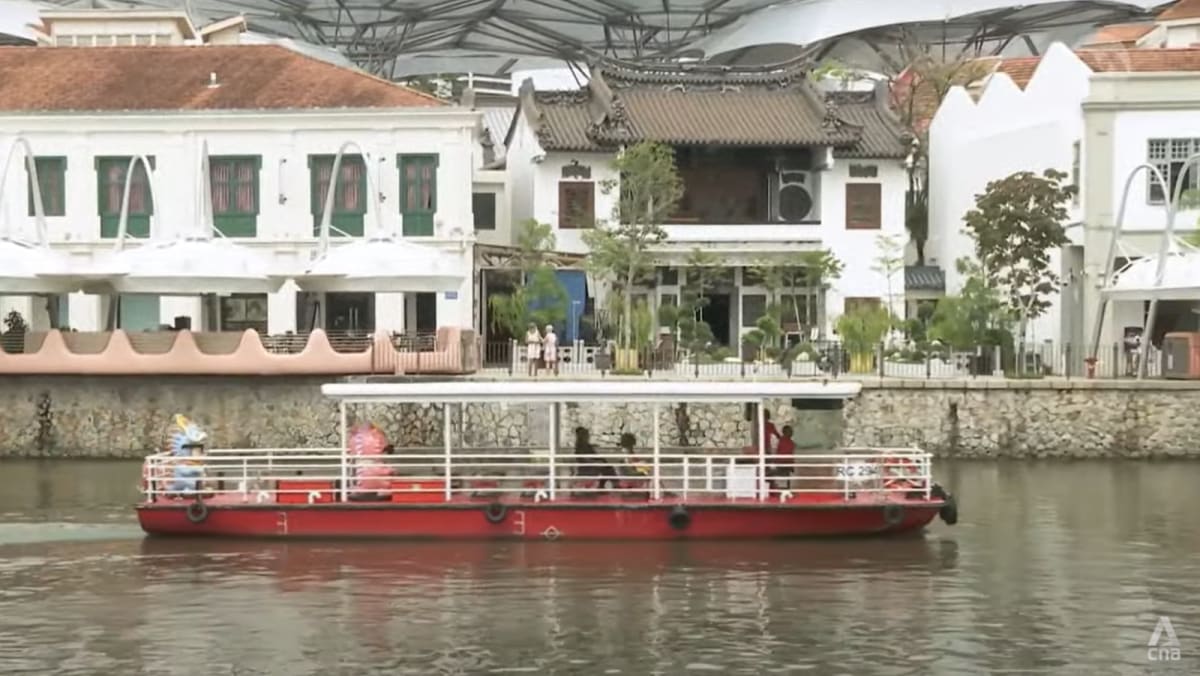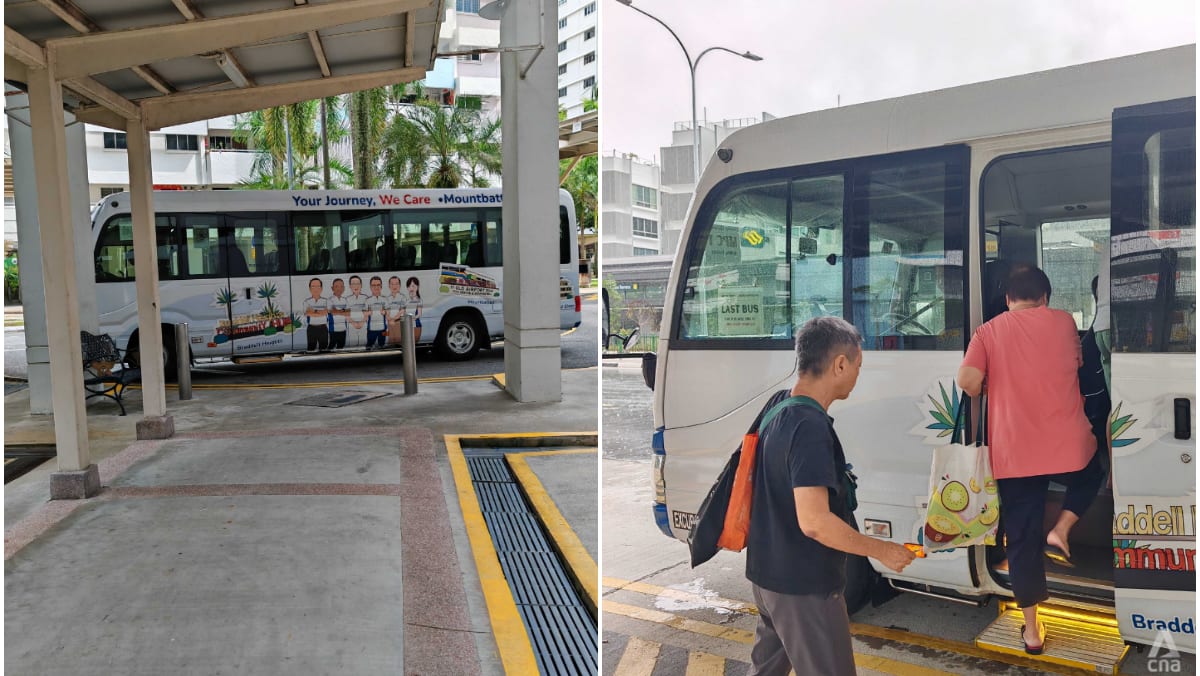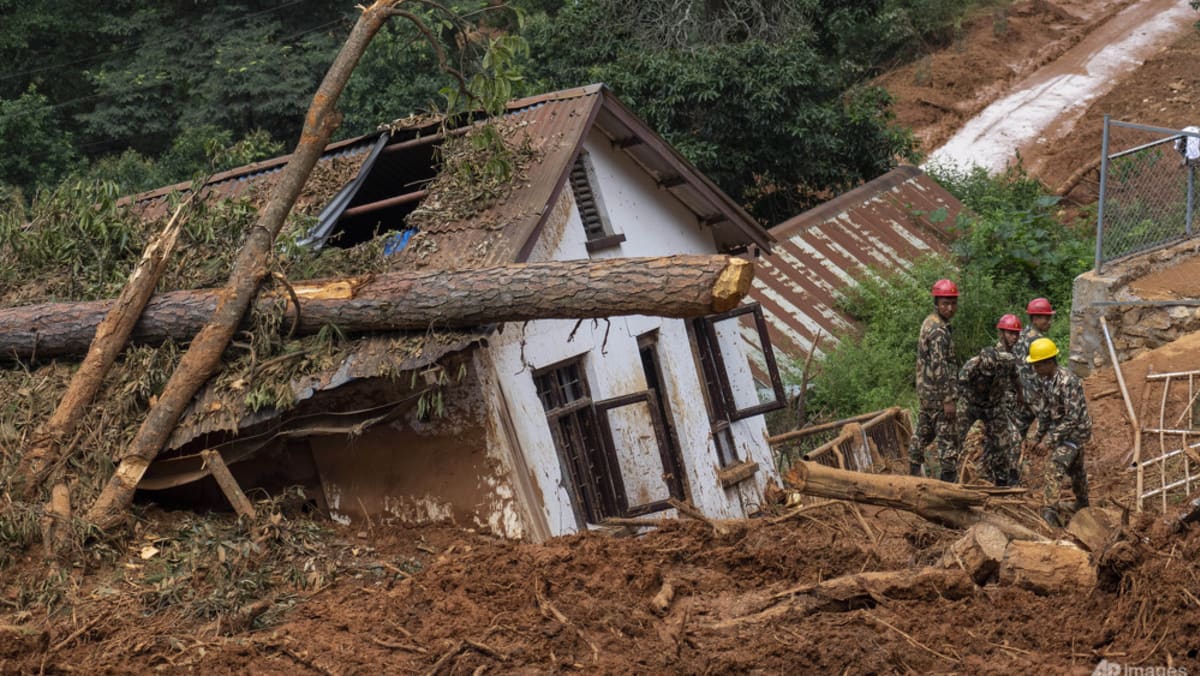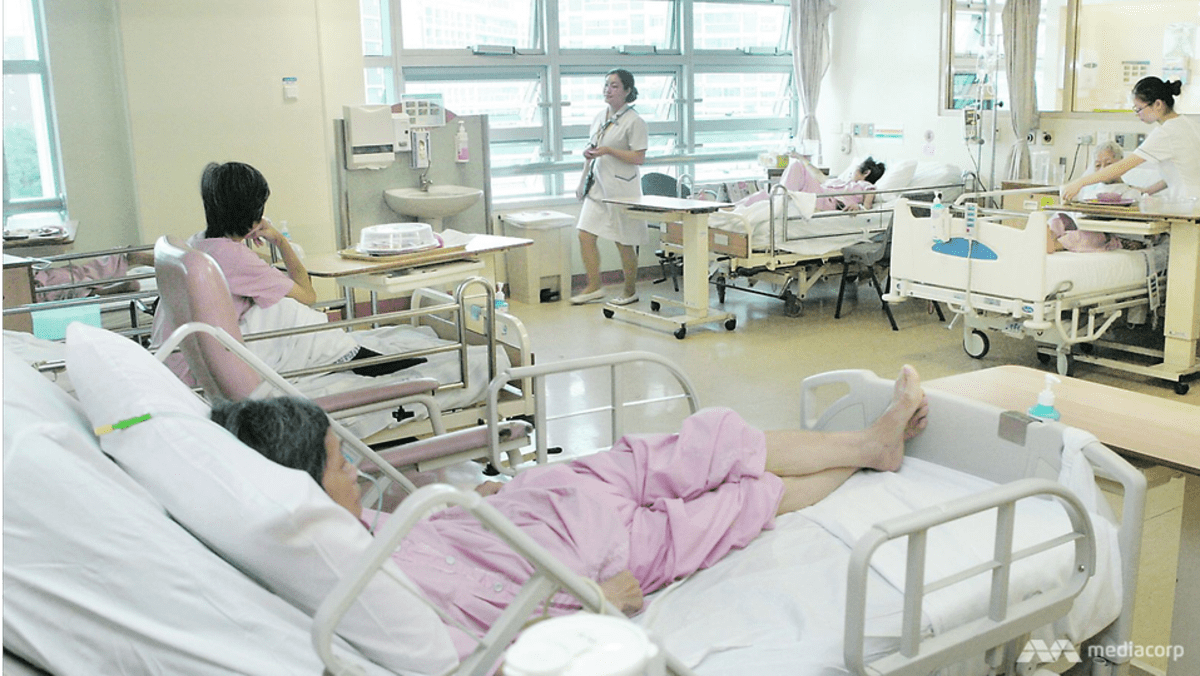Mr Oo pointed to an incident in 2013 when a fire at a SingTel facility took down critical services across the island, including for customers of other telcos.
There seemed to be a lack of contingencies in that case, he said, and similarly so in this week’s disruption.
For critical services and infrastructure, there should be redundancy, he said, referring to the practice of intentionally having duplicates so a system is more reliable.
“If you have redundancy, you should not go down for three hours, right? You should be able to immediately switch over,” he said. “Redundancy means that you’re always on.”
The Infocomm Media Development Authority (IMDA) has started investigations into the disruption. It can impose a financial penalty of up to S$1 million (US$766,000) or 10 per cent of the annual turnover of Singtel, whichever is higher.
What’s the future for landlines?
Asst Prof Purnima also pointed to a June report by IMDA, which stated requirements to connect ISDN infrastructure to “next generation networks”.
Once in place, IP infrastructure will serve as an automatic backup in the event of disruptions to ISDN.
CNA has asked IMDA when this will kick in.
On contingencies, the authority said in a statement also sent to other media that Singapore’s networks provide connectivity across voice, mobile, broadband, Wi-Fi and messaging through different service providers. “This diversity is a key part of our infrastructure resilience,” a spokesperson said.
StarHub meanwhile has noted in a section on its website that both Public Switched Telephone Network and ISDN services “will be turned off in 2025”.
CNA has also contacted IMDA for confirmation of this.





